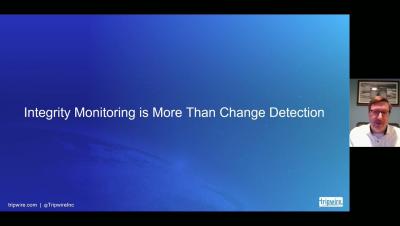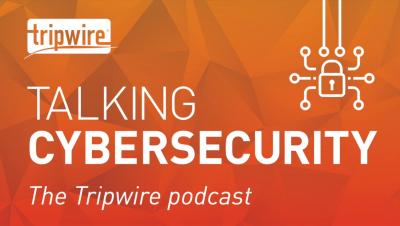Improving Edge Computing Security in 2022
More organizations are turning their eyes to edge computing as cloud adoption reaches new heights. Experts predict there will be 55 billion edge devices by 2022 as latency and resilience demands grow and 5G makes these networks possible. While this growth is impressive, it raises several security concerns. Edge computing expands attack surfaces, and data centers lack the resources of traditional cloud infrastructure.





